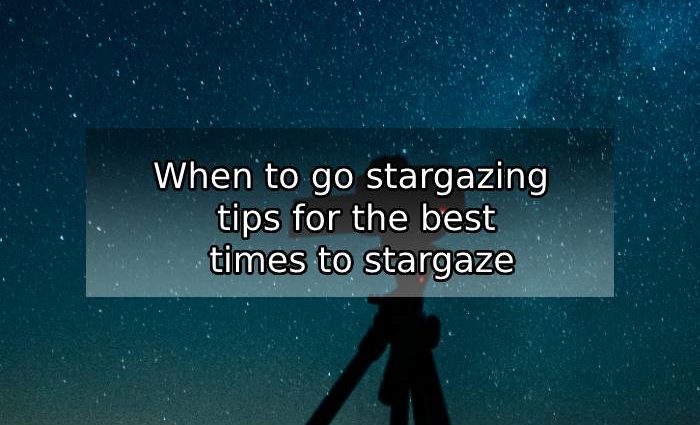Your stargazing experience will be much better if you have good observing conditions.
Table of Contents
Full Moon vs. New Moon
The Full Moon is very bright and tends to wash out a good portion of the sky. Though it’s fun to observe the Moon and easy to observe planets and bright stars while the Moon is up, the best time to observe faint objects in the sky is during the New Moon, when the Moon is not visible at all. The Moon progresses from Full Moon to New Moon and back over a 29.5-day cycle (see The Moon), and you can find the monthly New Moon dates on most calendars.
Atmosphere and Temperature
The atmosphere has a big effect on how clear the stars and other objects appear. At sea level, the air is relatively thick, and turbulence causes stars to blur and twinkle (an effect that astronomers call seeing). At higher altitudes and in drier locations, though, the thin air and low water vapor make for much better observing conditions (which is why most big observatories are built on mountaintops). Cold air also improves visibility because it’s stiller than warm air.
Weather
When it’s cloudy, rainy, or snowy, it’s best to save stargazing for another night. Sometimes you can observe the Moon or bright planets through a very thin cloud cover, but if there’s a chance of any precipitation, you shouldn’t use telescopes or expensive binoculars. The online Clear Sky Clock (www.cleardarksky.com/csk) can help you predict how observing conditions may change over the course of a night.
Urban Areas and Light Pollution
Stargazing in cities can be difficult because light pollution from streetlights, buildings, and cars creates a glow that blocks the night sky. To cut down on light pollution outside your home, close all your drapes and blinds, and turn off any exterior lighting. If you live in a densely populated area, your best bet is to find a city park or to drive to a more rural area for darker skies. Even if you can’t get away from light pollution, though, you should still be able to see the brightest stars, and the major constellations will be easier to pick out.


Comments are closed, but trackbacks and pingbacks are open.